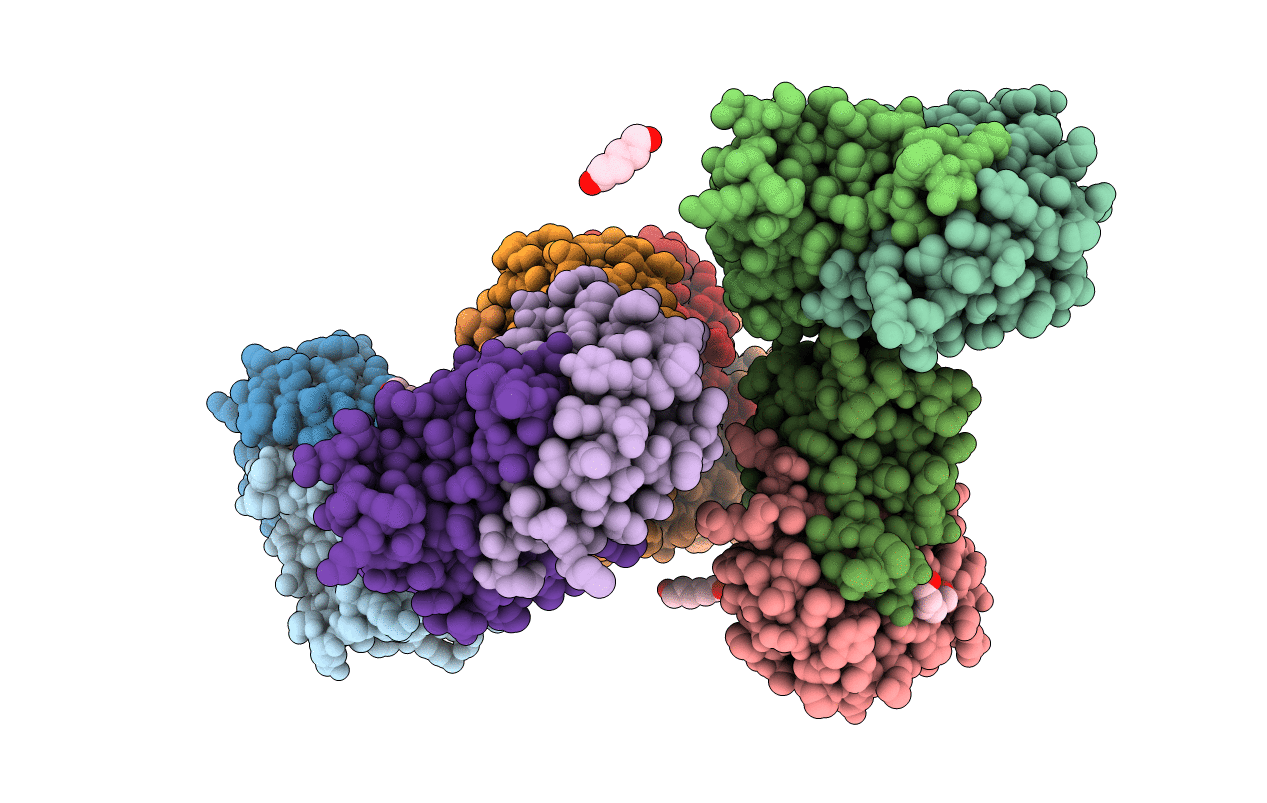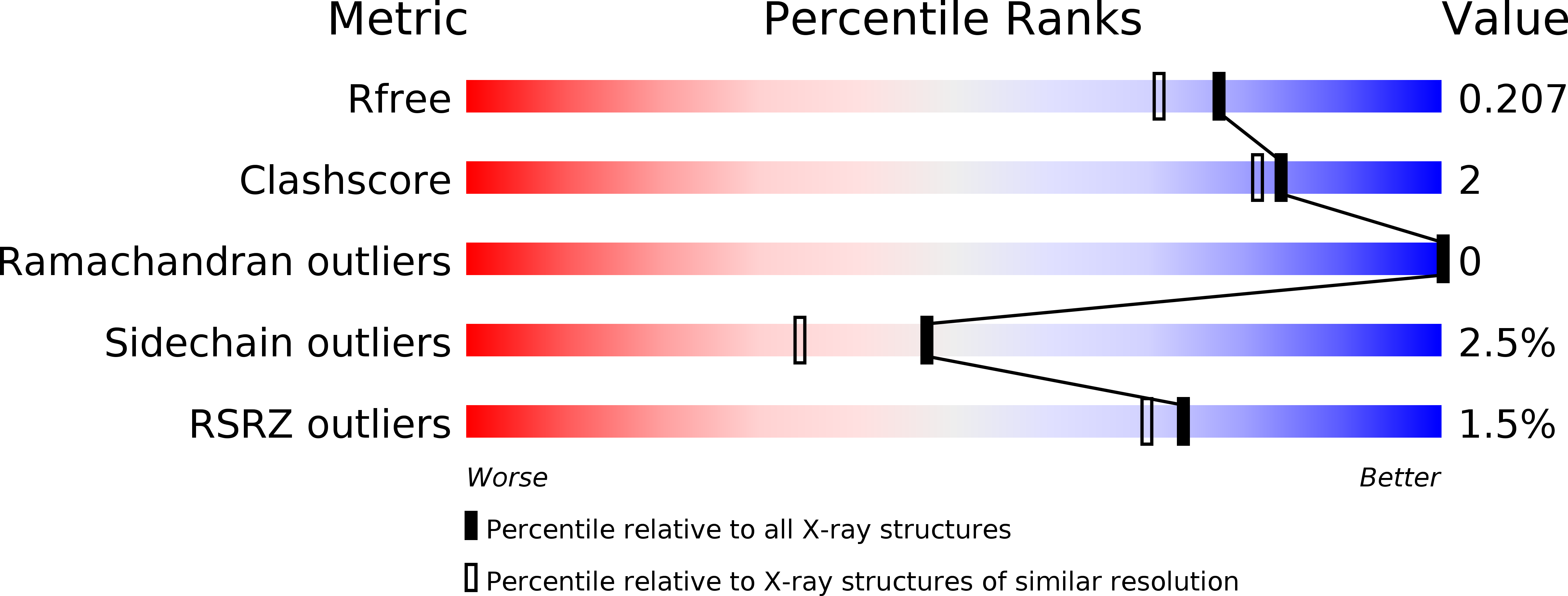
Deposition Date
2017-07-13
Release Date
2017-11-22
Last Version Date
2023-11-22
Entry Detail
PDB ID:
5XZT
Keywords:
Title:
C-terminal peptide depleted mutant of hydroxynitrile lyase from Passiflora edulis (PeHNL)
Biological Source:
Source Organism:
Passiflora edulis (Taxon ID: 78168)
Host Organism:
Method Details:
Experimental Method:
Resolution:
1.80 Å
R-Value Free:
0.19
R-Value Work:
0.17
R-Value Observed:
0.17
Space Group:
P 1 21 1


